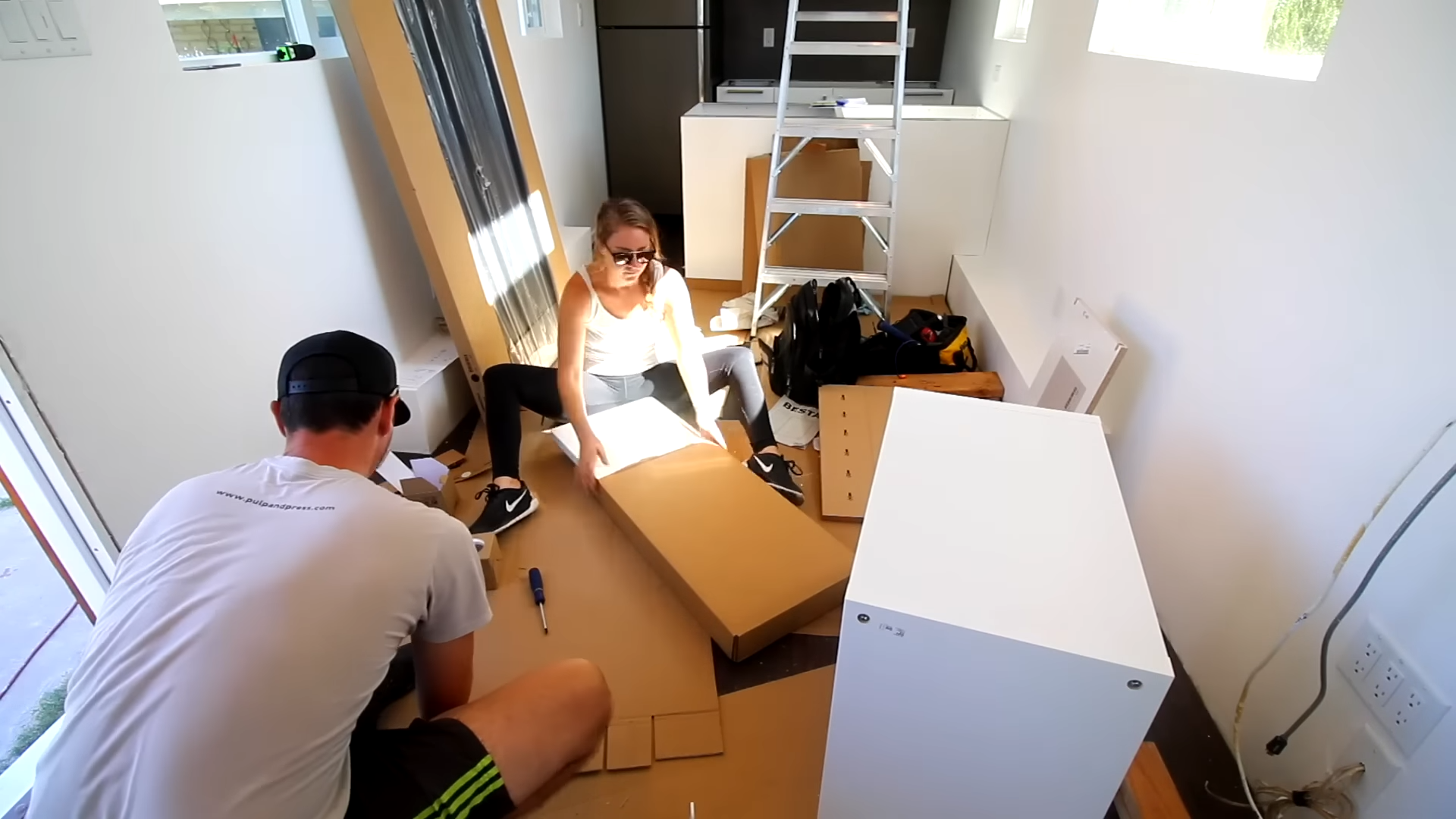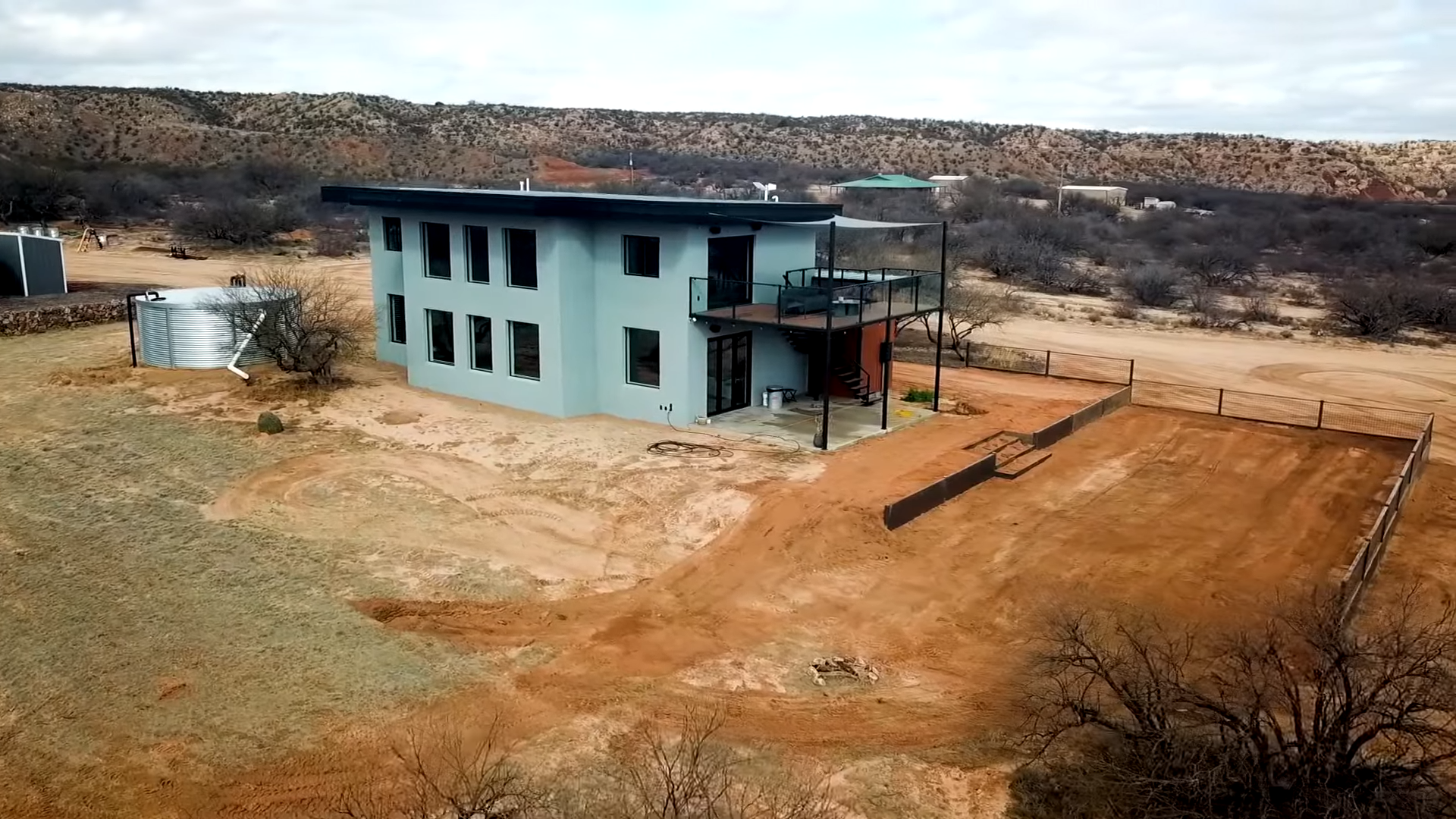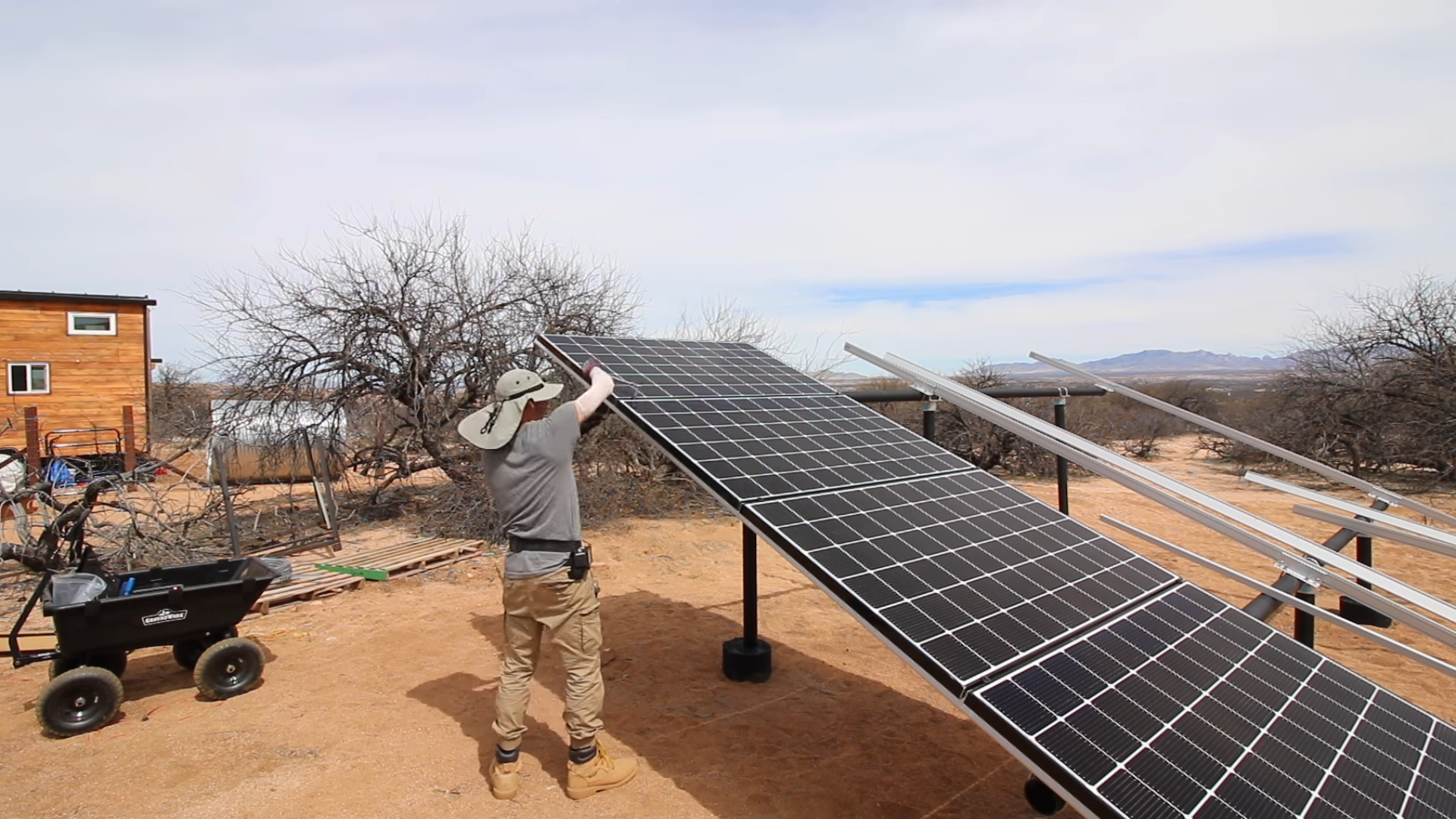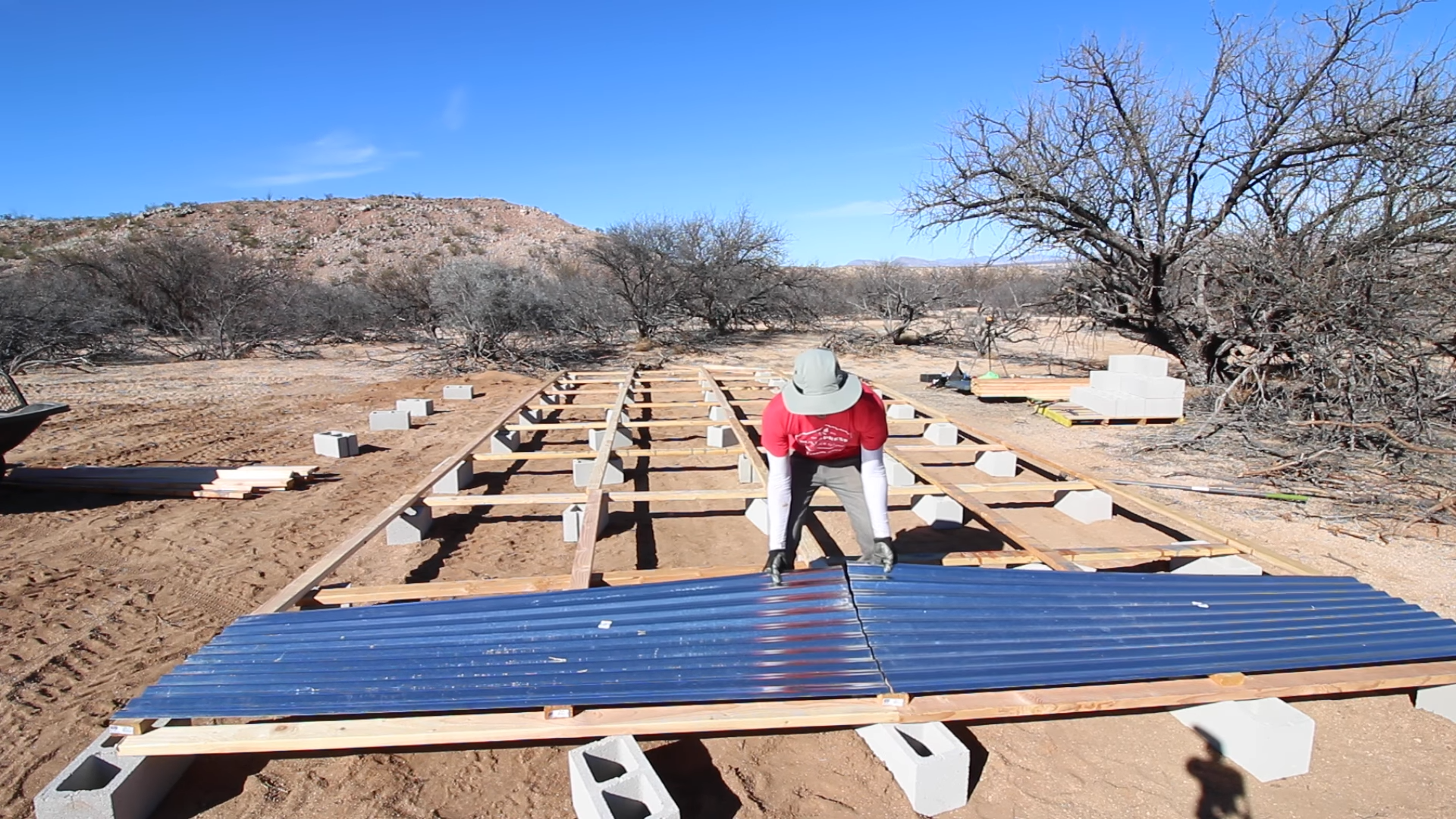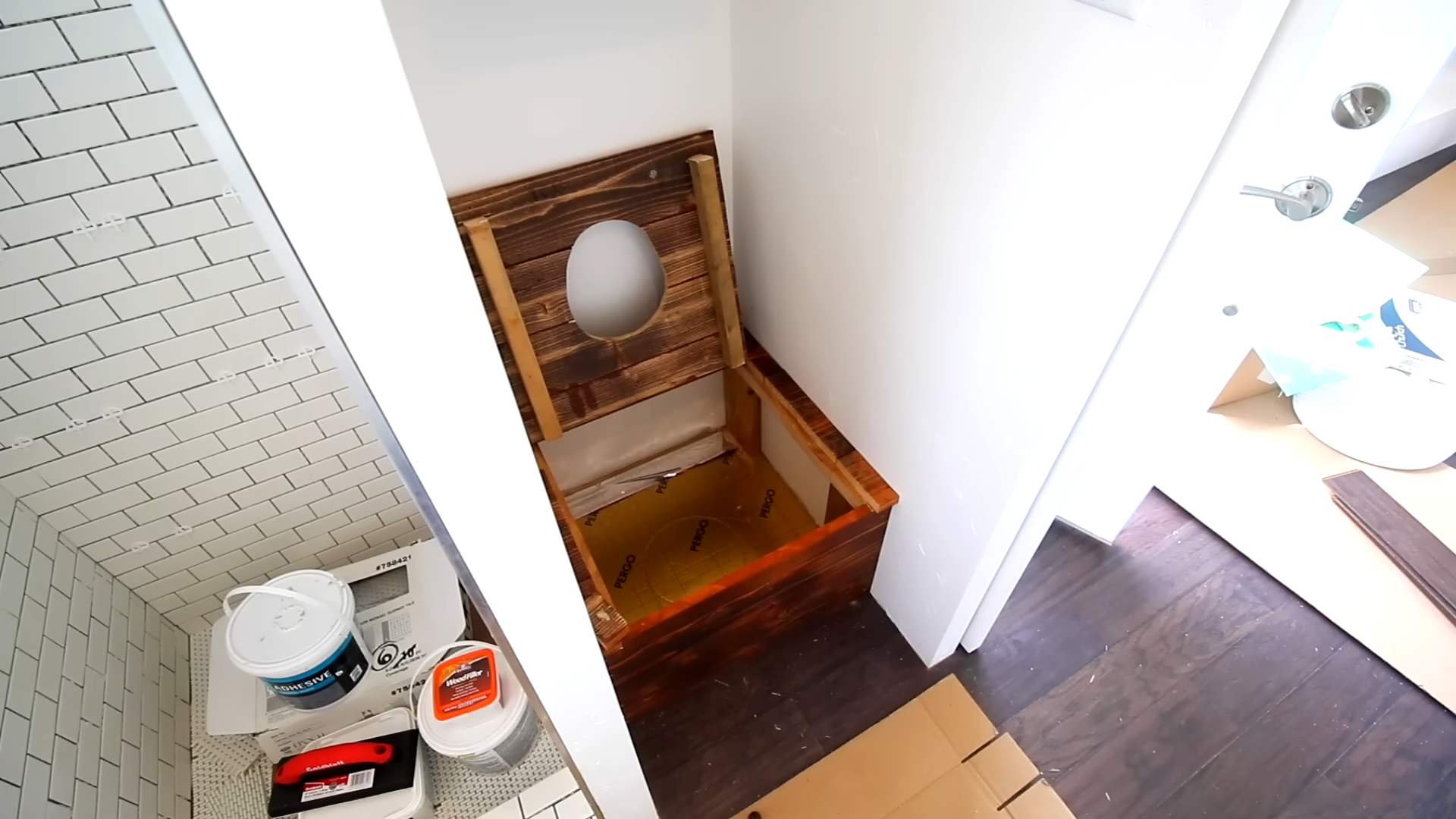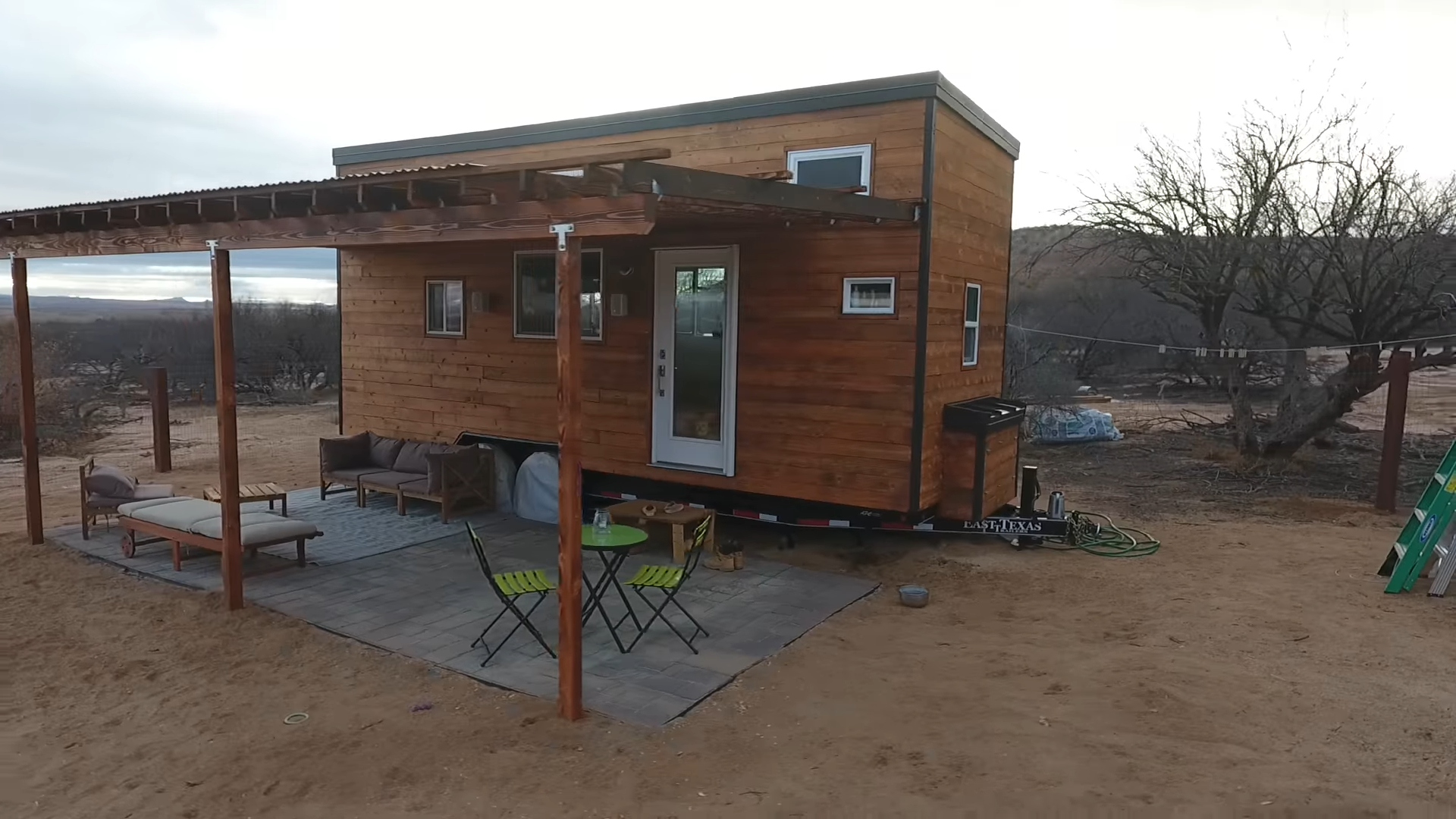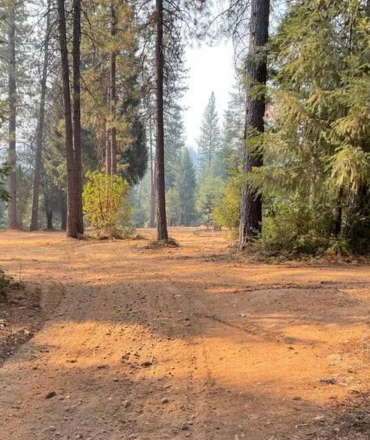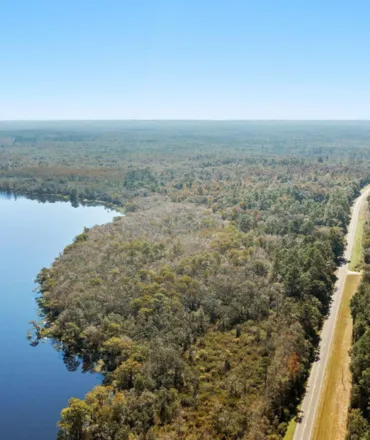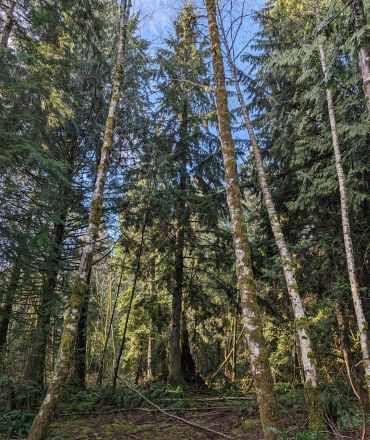Building a tiny home off-the-grid
Derek Howlett, a devoted DIYer, has found the perfect way to not only live out his DIY dreams but also maintain a completely self-sufficient and sustainable lifestyle. He shares stories about his off-grid journey, building a tiny house and resource structures, and homesteading advice. He talks about why they chose to live in Cochise County, Arizona and how it directly contributes to his future plans. He inspires eco-conscious DIYers from all over to consider the amazing benefits of off-grid living so they too can experience the freedom of building their own dream homes and generating their own power while keeping their bills low.
Is this even possible…
Why Go Off-Grid?
Self Sufficiency
Living off-grid is all about living a self-sufficient lifestyle. They could not rely on outside resources so it provided the opportunity to learn about resource management and build systems from scratch.
Green, Solar Energy
Derek is able to power his entire homestead using only solar energy collected through his self-made solar system.
Creative Freedom
Living off-grid means Derek can build things and work on projects he wouldn’t normally be able to do if he lived in a city.
Happiness
Derek is able to spend his time doing what he loves every day. Fewer stresses and more space for activities creates a feeling of fulfilment.
Rewarding
Living off-grid is a great way to learn new skills. Derek shares his off-grid journey through informative videos on YouTube and offering tours for local university students studying resource conservation.
Affordable
Off-the-grid tiny house can be built on a piece of land that is significantly lower in terms of cost.
Why they chose to live in southern Arizona?
Derek mentions many reasons why he chose to live in southern Arizona, including climate and cost of living, but the main reason why Derek chose to put down roots in Cochise County specifically was because of its unique Owner-Builder Opt-Out Program. Owner-Builder Opt-Out (OBOO) allows property owners in rural areas to build a home or other structures themselves, opting out of building codes and inspections. Which is an incredible opportunity for passionate DIYers, like Derek, to create a dream oasis. It also permits him to live in his tiny house on wheels while he is building his main house. This is ideal for people who want to live off-grid and legally live in a tiny house. You just have to provide the county with the layout, location, and materials being used.
On top of having this unique building incentive, it’s also the perfect location for people who spend a lot of time outdoors and want to live a sustainable lifestyle. The blazing Arizona sun provides power for their solar system that powers their entire homestead.
- If you can build the house on your own there is a potential to save thousands of dollars.
Going off-grid in a desert climate is no easy feat. Here are some of the essentials and things they have built from scratch to ensure they are comfortable.
Off-Grid Systems Explained
1. Solar Electricity System
Derek is saving money and utilizing resources with his off-grid solar electricity system. The system harvests energy from the sun and recycled electric car batteries to power the entire homestead.
2. Rainwater Harvesting System
Due to the limited amount of rainfall in southern Arizona, Derek utilizes every surface on the property to collect water. The roofs on both the tiny house and the garage collect rainwater into a tank, which is used for irrigating trees and the garden. The bulk of their water comes from a 2,900-square-foot “rain roof” that Derek built. The roof is positioned a few feet above the ground and collects enough rainwater to fill the 14,000-gallon capacity main tank so ensure they have enough water to last the dry season. All of their grey water is recycled back out into the landscape to irrigate the trees.
3. Compost Toilet System
Being off-grid means you have to get creative about a septic system. Derek and Hannah use composting toilets because they use little to no water, facilitate the recycling of waste into the environment as fertilizer, and are well suited for remote areas.
4. Wireless Internet Hotspotting
They both work from home so they both rely on the internet to do their work so having a great connection is super important! Thanks to modern technology, they can still live their off the grid dreams, while still staying connected to the rest of the world. The cheapest and most reliable option they found was simply hot-spotting wireless internet to their laptops.
Planning for the future
Although the custom-built tiny house was initially great for the couple’s minimalist lifestyle, they always knew it wouldn’t be a permanent living situation. He plans to expand on the site, which includes building a larger home to raise a family. And next year, a three-bedroom, 2,000 square-foot home will be built on the lot, but this time with the help of contractors. With a larger home, there will be greater energy and water needs, but he plans to continue their off-grid lifestyle with a modification to a grid-type solar system to power the new home.
Derek’s advice for those who want to begin their off-grid lifestyle is to connect with local people that are already doing what you want to do as they can provide insight and knowledge to get you started. He also documents basically everything to do with his desert oasis on his Youtube Channel, Handeeman.

